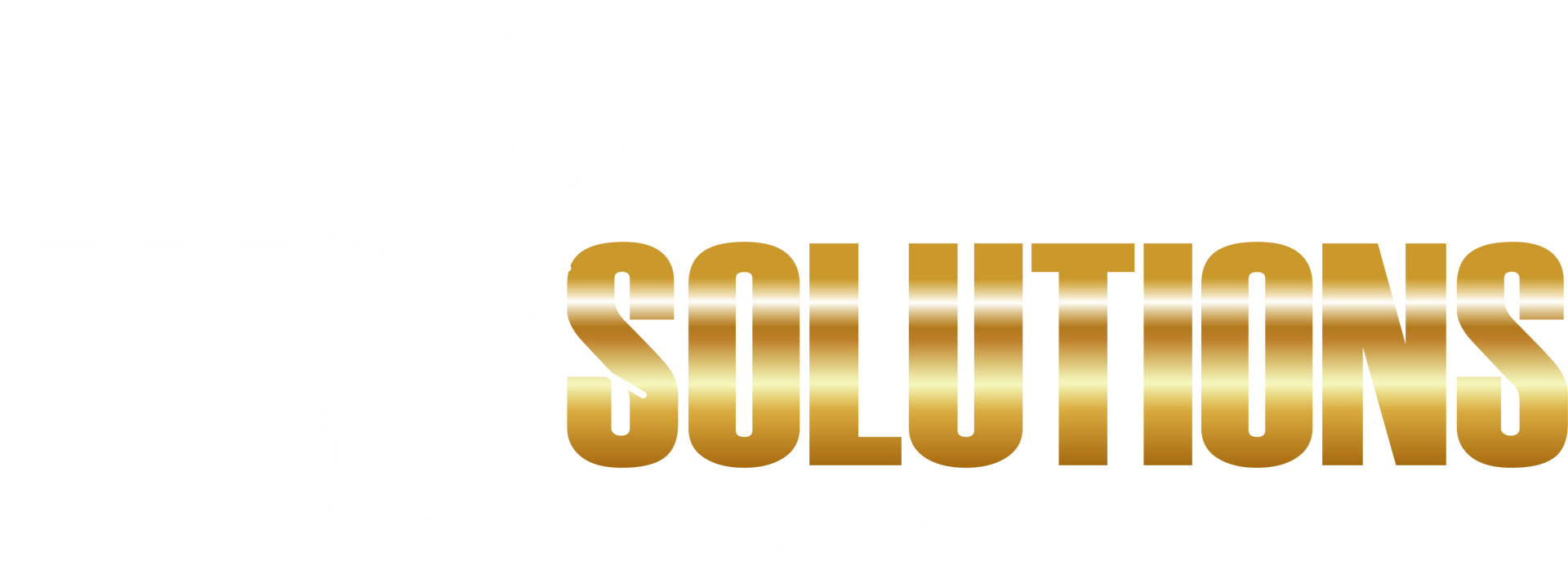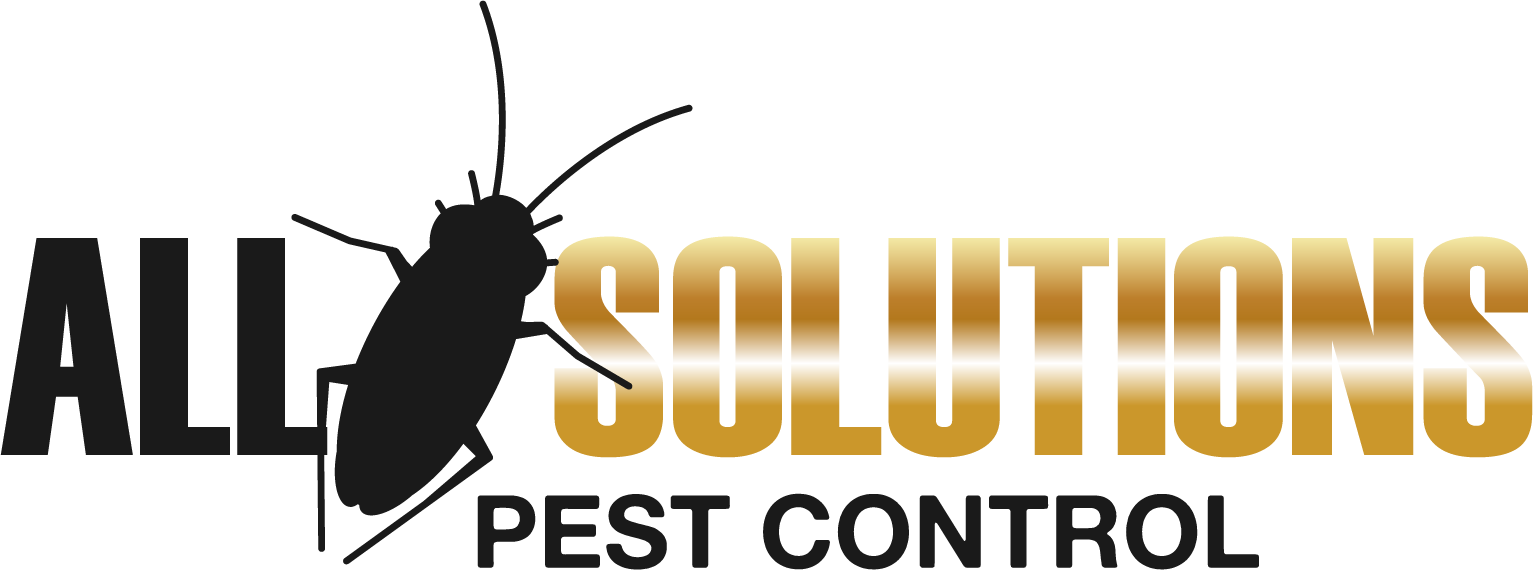CALL FOR A NO OBLIGATION FREE QUOTE:
0414 644 466
End of Lease Pest Control: Flea Treatment and Other Pests
As a tenant in Australia, ensuring your rental property is free from pests at the end of your lease is crucial. Not only is it often a requirement in rental agreements, but it also helps maintain a healthy living environment for future occupants. In this article, we'll discuss end of lease pest control, focusing on flea fumigation and treatment options.
Important Points:
- End of lease pest control is often required in Australian rental agreements
- Tenants are generally responsible for pest control during their tenancy and at the end of the lease
- Regular pest and flea treatments are crucial for properties with pets or signs of infestation
- Pest control costs vary based on property size, infestation severity, and treatment method
- Regular cleaning and maintenance help prevent future pest infestations
What is end of lease pest control and why is it important?
End of lease pest control involves treating the rental property for pests such as fleas, cockroaches, ants, and rodents before vacating. Many rental agreements in Australia include a clause requiring tenants to arrange pest treatment at the end of the lease. This ensures the property is returned in a clean and pest-free condition.

Is a tenant responsible for pest control during a residential tenancy?
In most cases, Australian tenants are responsible for keeping the rental property free from pests during their tenancy and arranging pest control at the end of the lease. This responsibility is often outlined in the rental agreement. However, if the pest infestation is caused by a structural issue or is present at the start of the tenancy, the landlord may be liable for the pest control expenses. It's important to document any pre-existing pest issues such as termite infestation and communicate with your property manager to determine responsibility in such cases.
How do I know if I need a treatment for fleas at the end of my lease?
Fleas are common pests in Australia, especially in households with pets. Signs of a flea infestation include pets scratching excessively, visible fleas on pets or furniture. If you notice any of these signs, it's essential to arrange a misting application or yard treatment before the end of your lease to avoid potential issues with your rental agreement.
What are my options for end of lease flea treatment?
In Australia, you can choose between professional pest control services and DIY flea treatment methods. Advantages to using a licensed professional to carry out these services, is the service is hassle free and the treatments are effective. Attempting this yourself may lead to ineffective treatment and you may end up paying for more in the long run. PM companies can offer comprehensive end of lease pest and flea treatments, ensuring thorough eradication of the pests. It’s also important to check the requirements of your lease agreement as many insist on proof of professional treatment before vacating.
Is it safe undergoing a pest treatment spray inside and outside my house?
As licensed technicians we take all the necessary precautions when carrying any servicing. Whether treating for a residential or commercial properties, a risk assessment is always conducted to ensure both parties are aware of the treatment program to be carried out. Here at All Solutions Pest Control we only use products designed for high risk or sensitive sites; like food production/manufacturing, health care and childcare facilities. All chemicals used are APVMA approved and all chemical applications are in accordance with the chemical label.
How much does end of lease pest control typically cost in Australia?
The cost of end of lease pest control in Australia varies depending on factors such as the size of the property, the severity of the infestation, and the chosen treatment method. On average, professional flea treatments range from $150 to $500. DIY options initially are generally cheaper however, may end up costing more if the pest infestation has not been resolved.
What steps can I take to prevent pest infestations in the future?
To prevent pest infestations in your rental property, maintain a clean and tidy living space. Regular vacuuming, mopping, and wiping down surfaces can help discourage pests. Seal potential entry points such as gaps around doors and windows, and keep food in sealed containers. For ongoing protection, consider regular annual treatments at your home or rental property.
By understanding the importance of end of lease pest control and exploring treatment options for fleas and other pests, you can ensure a smooth transition when vacating your rental property in Australia. Remember to consult your rental agreement, communicate with your property manager, and take proactive steps to prevent pest infestations for a stress-free end of lease experience.

